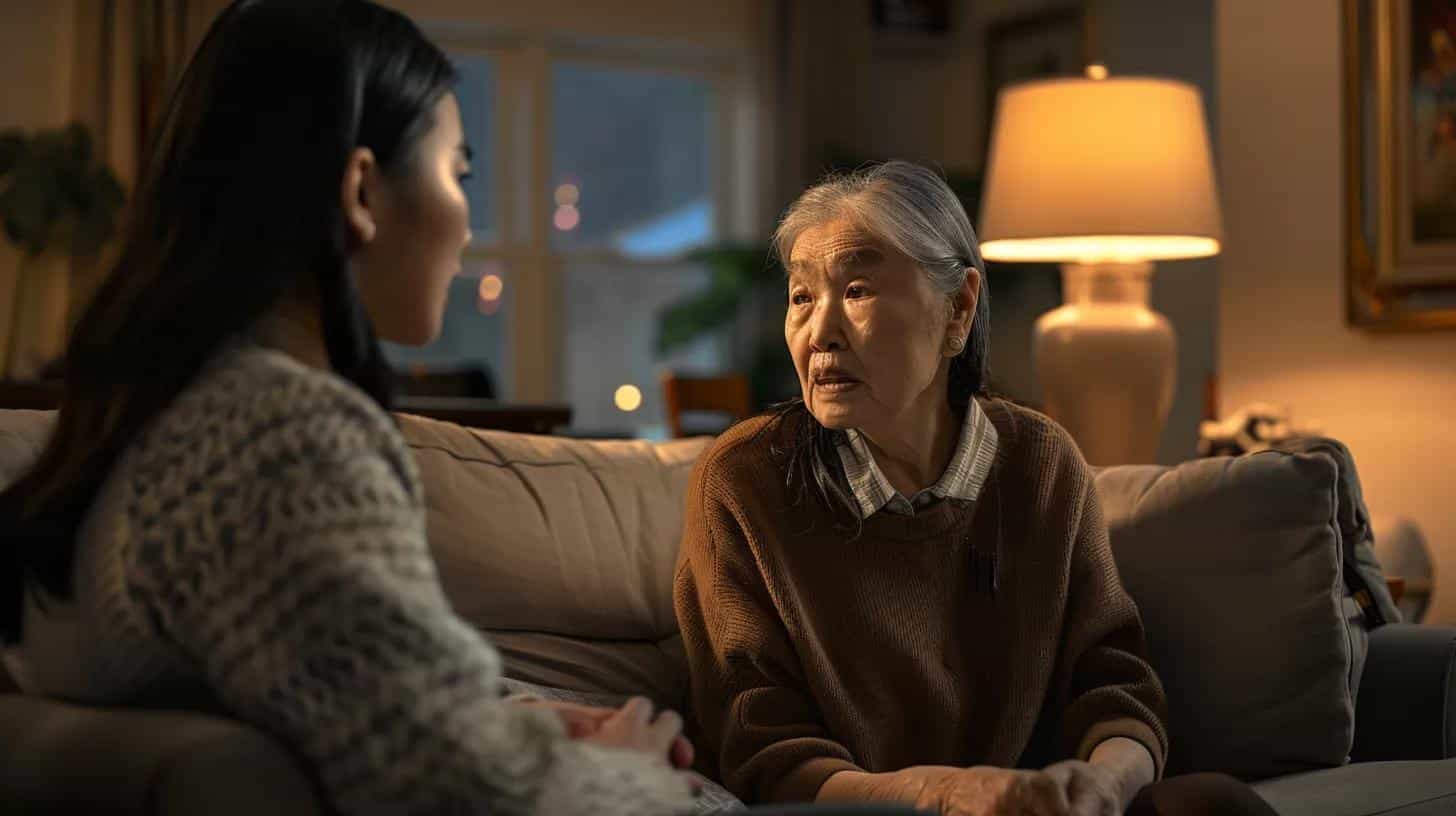Depression affects people at any age, but in older adults, its patterns and associations can be distinct. As people age, they may experience health changes, role transitions, and alterations in their daily living and social connections. Understanding how depression interacts with geriatric health promotes informed discussions and decision-making, prompting individuals to seek out a depression specialist.
What Is Depression?
Depression is a mood disorder defined by ongoing feelings of sadness or emptiness that affect daily functioning. It can influence energy, concentration, and motivation. Among older adults, signs of depression sometimes overlap with age-related changes, which may complicate recognition.
Common signs of depression can include a persistent low mood or loss of interest in previously enjoyed activities, diminished energy, slowed thought processes, and feelings of hopelessness. These features may appear alongside each other or present in varying combinations, making it necessary to look at the full range of experiences rather than a single symptom.
Depression is not a normal part of aging. It may first appear in late life or surface as a recurrence. The condition’s causes can involve life events or health factors and present differently from person to person. Some older adults experience more physical or cognitive symptoms with less visible sadness or emotional pain.
How Is It Linked to Geriatric Health?
Depression and overall health in older age have a documented two-way relationship. Physical health changes and emotional well-being are often interconnected. Multiple factors contribute to this association:
- Chronic illnesses, pain, and physical limitations can influence energy and daily involvement, sometimes contributing to low mood.
- Older adults can experience cognitive changes, including memory and attention difficulties. Symptoms of depression can exaggerate these changes, making daily tasks more challenging.
- Life transitions such as retirement or bereavement may reduce social contact.
These points highlight that depression and physical health in aging populations may overlap, reinforcing the need for attention to both mood and medical factors.
How Is It Treated?
Addressing depression in older adults involves a combination of evidence-based approaches. Treatment is adjusted to individual needs and medical status. Goals include reducing distress, improving functional ability, and restoring enjoyment in daily life. Common components of treatment for late-life depression include:
- Psychotherapy: Cognitive behavioral therapy (CBT) and other structured psychological therapies are widely studied and used. They help individuals address negative thinking patterns, practice coping skills, and improve social engagement.
- Daily Routines: Establishing regular sleep and wake times, balanced nutrition, and physical activity can help stabilize mood.
- Medical Review: Healthcare professionals can monitor medications and check for health conditions that may mimic or worsen depressive symptoms. Reviews may lead to adjustments that better align the treatment plan with the person’s needs.
If there are signs of severe distress, thoughts of self-harm, or rapid mood changes, obtaining immediate help from a depression specialist or emergency services is indicated.
Speak With a Depression Specialist
Depression symptoms are not simply part of aging and may not always appear as sadness. Speaking with a qualified professional can help clarify symptoms and guide next steps toward support. Early recognition and tailored intervention may help older adults improve mood and overall well-being.

